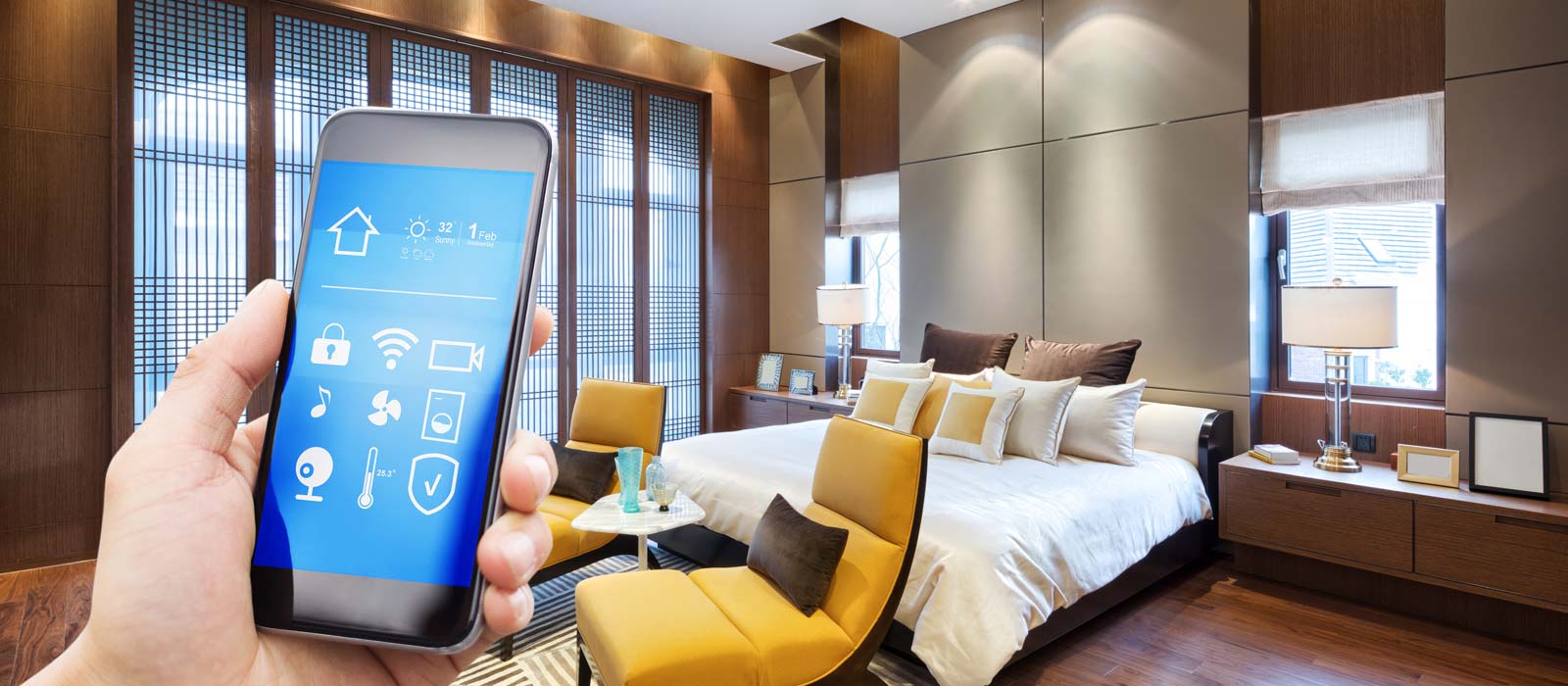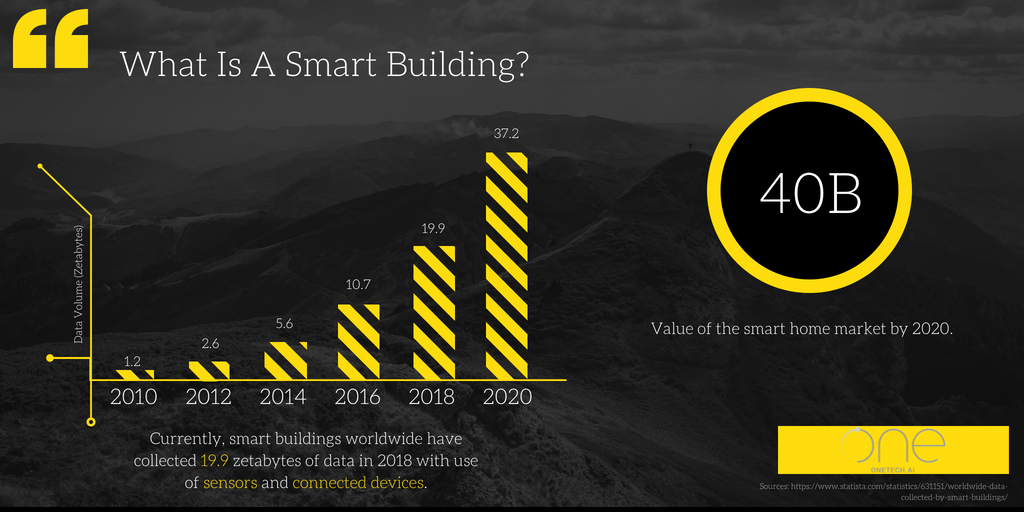
17 May What Is A Smart Home? Providing a Brief Overview of 3 Elements to Home Automation
A house capable of taking on its own life is one way to visualize the concept of smart homes. This living home would tend to your needs and preferences by computation of complex algorithms. For example, some of your best smart home devices, such as an AI-integrated kitchen sink, could automate water temperature settings relative to current atmospheric conditions internal and external to your house.
An automated house has wide ranging implications. Whether it’s aiding in extraneous chores or figuring out solutions for home-security, smart homes offer owners the ability to focus on other high-priority life tasks with less concerns. A smart home that is driven by artificial intelligence continues to push technological boundaries — here is MicroAI’s look at the 3 biggest elements of successful AI-integrated homes.
1. AI-Operated
The qualities of having artificial intelligence completing your tasks transcends traditional tools. When Charles Babbage invented the first analytical engine, now known as the computer, in the mid 1800’s, it was a groundbreaking tool that mankind used for faster calculations. Now, modern technological advances in AI have allowed for our tools to do the calculations for us.
A tool that tracks occupancy presence can be manifested in the form of a motion sensor. The use of motion sensors is prevalent in most establishments, but it is not making decisions like AI could. For example, AI-integrated motion sensors in a smart home allows for a room to not only know when to turn on the lights, but also to decide how long the light remains on. The AI aspect of this technology is the dependency of many real-time abstractions such as the time of day, length and frequency of human presence, and other user and environmental behaviors. It is through this and the sprawling connectivity to every corner that brings a smart home to life, making it contextually aware.
2. More Than A Home; A Companion
Now that we have touched on the capabilities of home automation, we can dive deeper into the personal touches of a smart home. Imagine your day starting with a personalized song. With various IoT devices connecting to your home, your stereo system can suggest songs that fit your preferences.
Maybe you were browsing through interesting articles on your mobile device but were too busy to engage it any further. Your mobile device could store and share this data with the same stereo system to later suggest a podcast or audio-book discussing those articles or other similar ones.
Like your audio preferences, your fridge can detect a shortage of food and suggest to you a list of usually-preferred foods to which you could opt to either accept or edit items. Your fridge places the order online while price-checking local groceries to save money. This concept would be implemented on a higher level to give your smart home a fully realized ecosystem with different home connections that all communicate with one another.
3. Enhancement of Security and Heath
The third and arguably, biggest, element to owning a smart home is the added benefits to your security and well-being. Any product, whether it is for enterprise or consumer usage, that pushes preservation of human life should be at least worth consideration. However, the smart home aims to provide protection not only to where we live, but also to where our families live.
To prevent suspicious activities, you can remotely monitor your home with live video feeds. To take it a step further, this too could be automated by AI. Applications of presence detection could be used for theft alerts instead of just smart lighting. When the sun is going down, your smart home may adjust lights inside your house to your preferences. Even something as comical as an automated loudspeaker playing animal noises or loud sirens in response to unwanted presence is all that it takes to maintain a safe environment.
Aside from improving home security, the smart home also allows loved ones to safely live more independently. Whether it is a family member, friend, or someone requiring nursing services, AI healthcare applications could all be utilized in times of emergencies.

